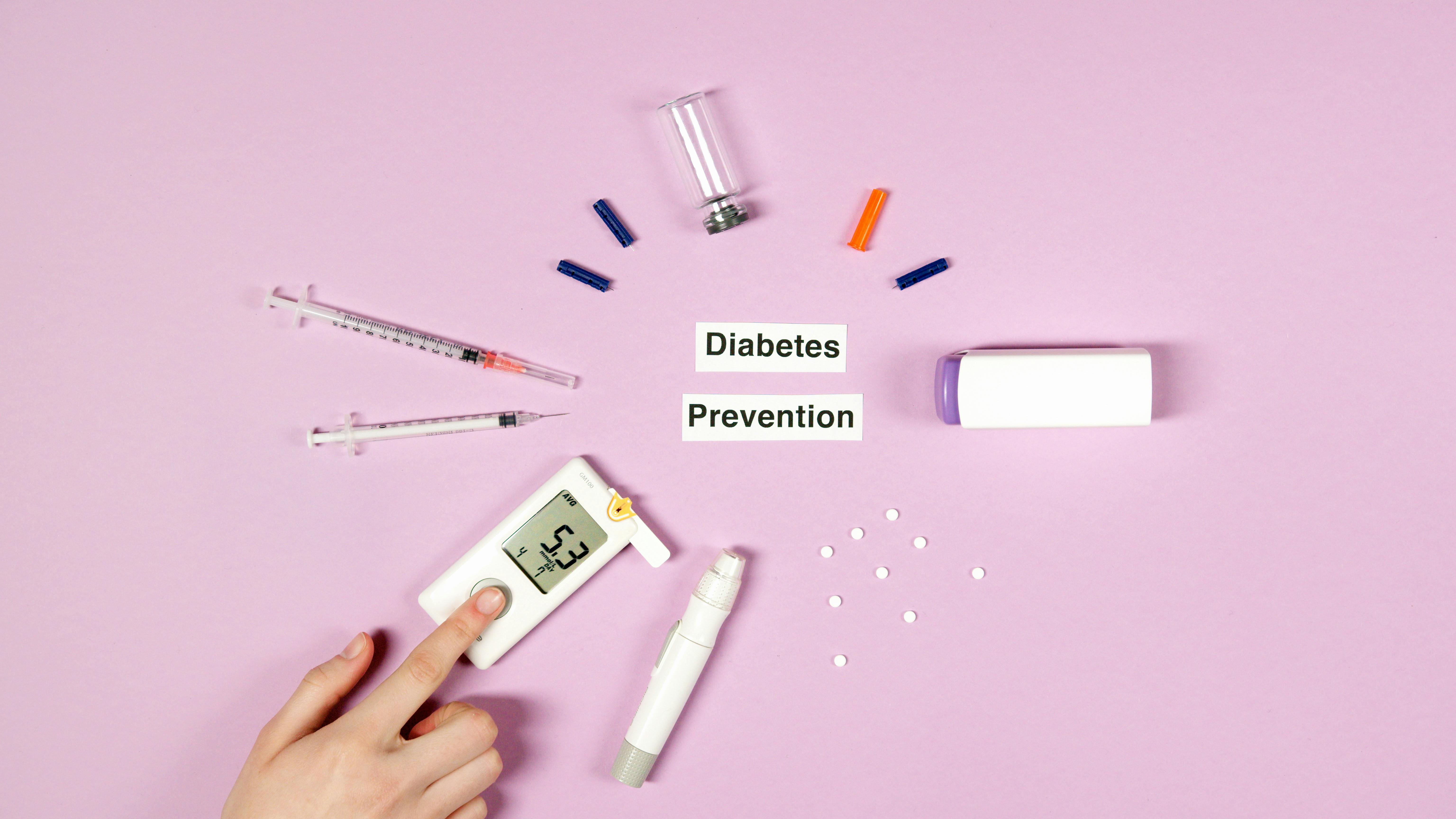This is one of the next steps towards SEO after researching and optimizing your keywords. If you go into your page’s code, you’ll see shortcodes called “meta tags.” You can find them in the header of the source page. “Meta tags” are used to describe certain aspects of your page to search engines.
To get some ideas of what they look like, just go to any page on the Internet and view the source code. Basically, you can go to your competitors’ pages and find out what meta tags they are using.
There are five main meta tags that you should consider.
1.Title
This is the most important of the meta tags and I highly recommend using the most important keyword at least once in the title. It’s a headline for your ad. The text you place in your title will appear as the link text in search engine listings (for example, Google). Also, this text appears at the top of the browser once the page is displayed and serves as a title in bookmarks. The headline is not only important for your ranking, but it also has a huge impact on your click-through rate (CTR). This is the first bit that people will read and click on. Try to keep it short and sweet. Ideally, a maximum of 66 characters, as this is what Google displays.
2. Keywords
By keywords, meta tags search engines identify material on a site. Put between 7 and 9 keywords or keyword phrases. Again, the best idea is to go to your highly ranked competitors website and research what keywords they are using. My advice is to only optimize for keywords relevant to the particular page you are working on.
3. Description
Include some of your most important keywords from the ones you inserted in the keywords meta tag. But don’t do it randomly. Be destructive as search engines will use it and people will see the text entered as a description of your site. This is the text that appears in Google after the title. Like the title, it has to be informative and attractive. Think of it like ad copy. Since Google only shows a maximum of 160 characters including spaces, try to keep your description within that number.
4.Alt
The alt tag is designed to help visually impaired people use the Internet. When some special software finds an image, it looks for alternate text and reads it out loud. Again, try to use in the alt text the keywords or keyword phrase you already inserted in the keyword meta tag of the same page, at least once, as search engines assume your images have something to do with the theme of your site.
5.Robots
There are a few different meta tags associated with bots/spiders. It tells the robots which files to read and which ones not to and helps index your site. Those tags are as follows:
You can use the same meta tags on each page, but I recommend that you make them unique. All of your pages have different content and may target different keywords. Therefore, it is a very good idea to write different tags for each page because this allows you to target more specific keywords (also more keyword volume) and be more objective in your description or title for that particular page.
